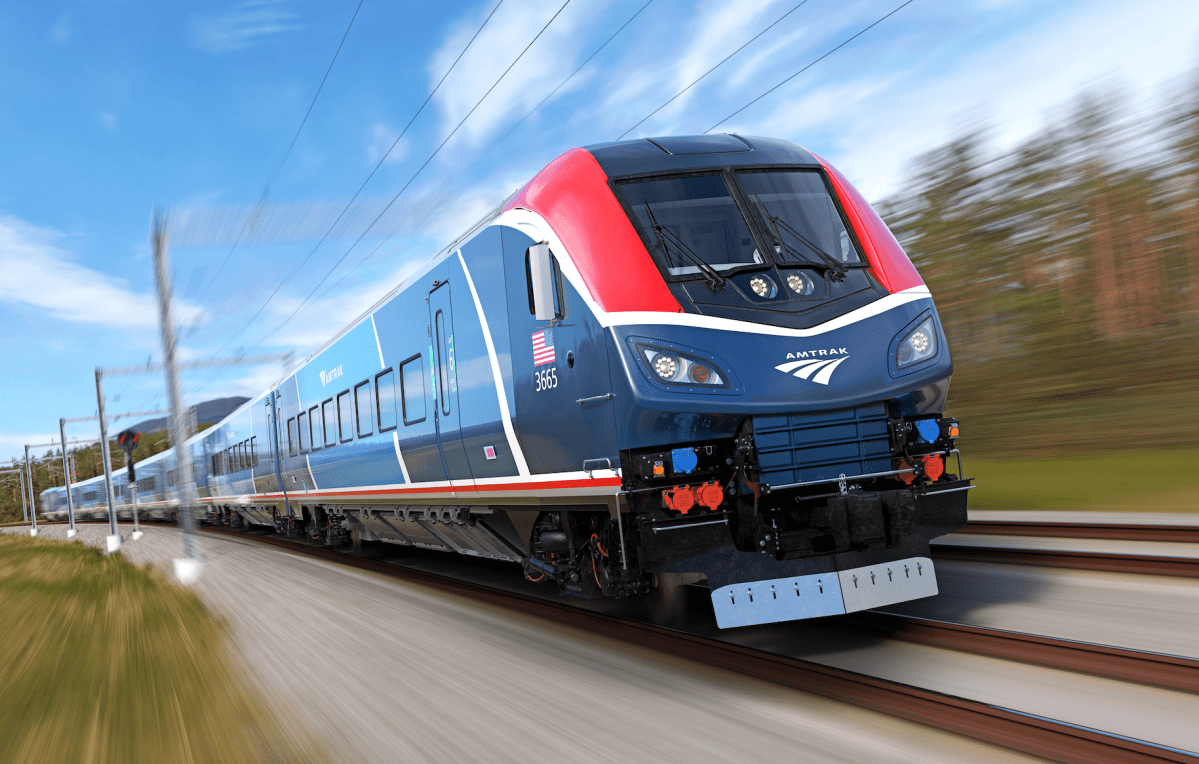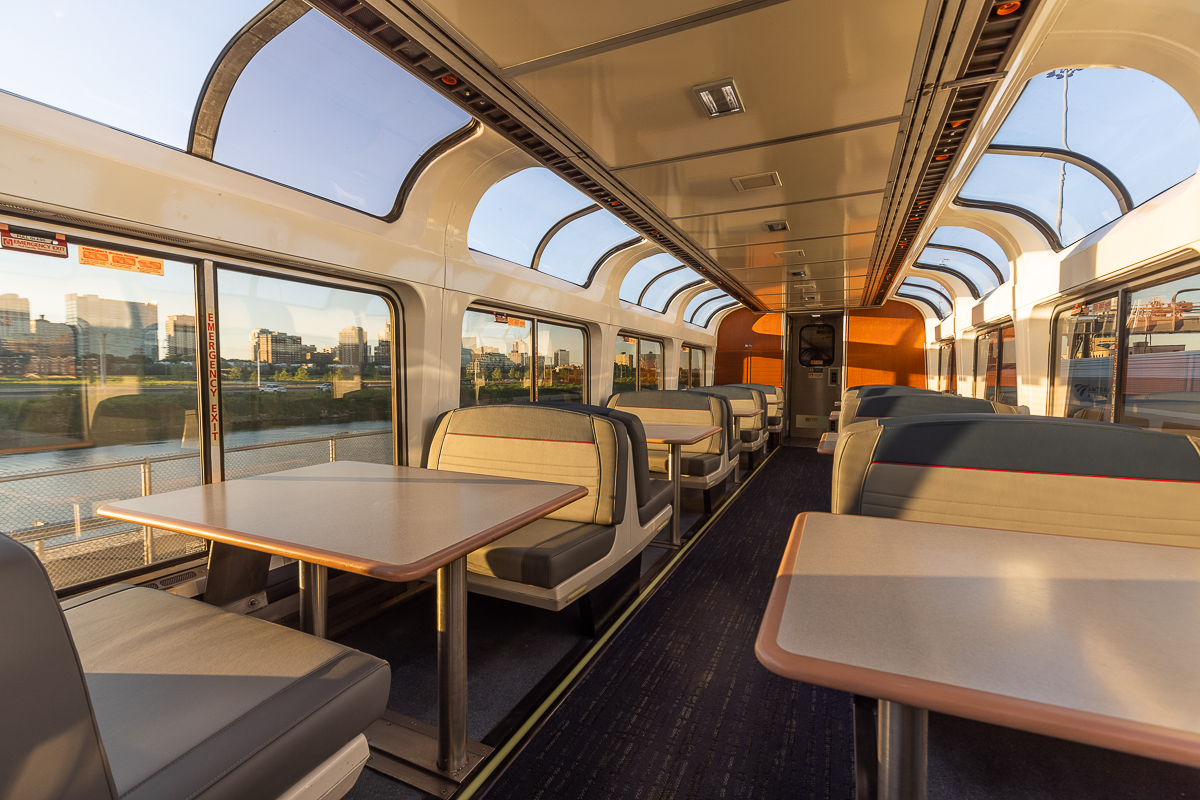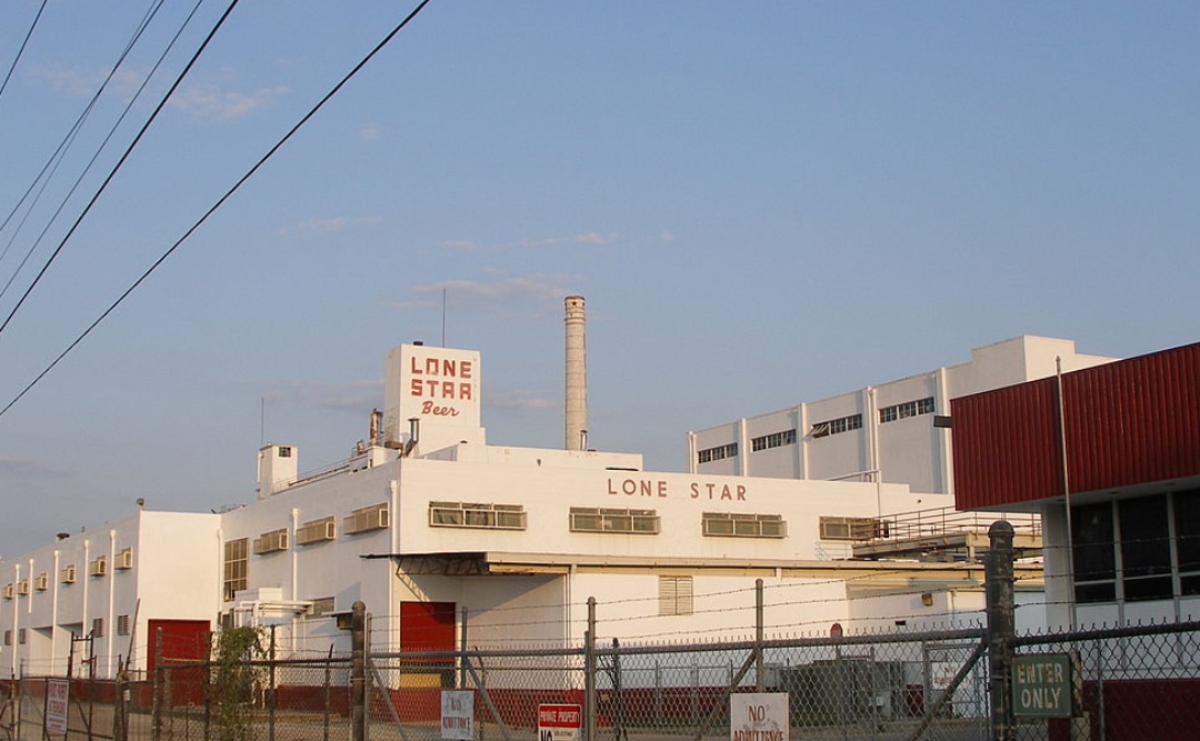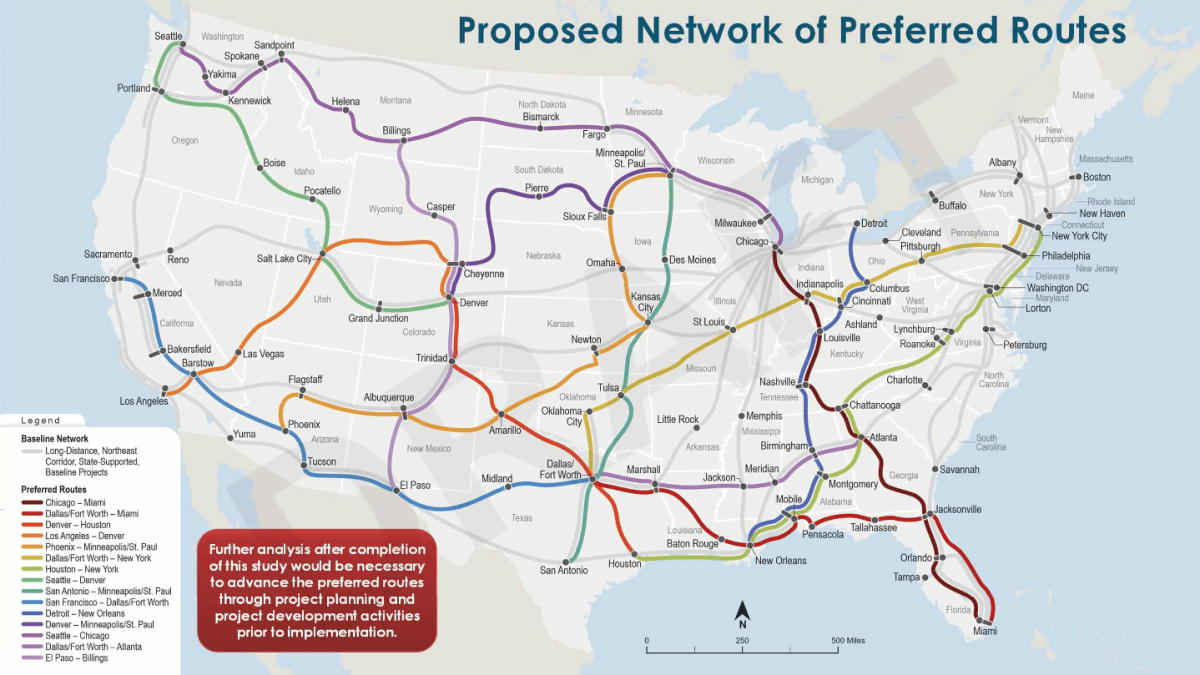Leer esta página en: Español

With billions of federal dollars flowing, the time is right to maximize our use of existing railway lines and realize hybrid rail across Texas—including Corpus Christi and Laredo.
Here’s how the grassroots San Antonians for Rail Transit made me a believer.
Lindsay Ratcliffe
When was the last time you rode Amtrak? If you’re anything like me, it’s been a while. And the trip didn’t happen in Texas. Likely you were visiting the Northeast or Upper Midwest—somewhere with robust regular passenger rail service between cities. Upon your return to San Antonio, you may have asked yourself, as I have, “Why can’t my city figure out rail transit?”
The question seems more pressing each year. After all, our population is growing: the Austin-San Antonio metroplex is projected to swell from 5.2 million people today to 8.3 million by 2050.
No amount of lanes added to I-35 will suffice to accommodate this growth, a fact TxDOT seems to acknowledge in predicting eternal construction on the interstate.
We deserve better.

Our car-dependent infrastructure has contributed to high levels of lung-damaging ozone in Bexar County. In 2021, just three years after falling into nonattainment with federal air quality standards, the U.S. Environmental Protection Agency (EPA) downgraded the county from “marginal” to “moderate” nonattainment status.
Since 2018, in other words, our ground-level ozone (the toxic brew created when tailpipe emissions react with sunlight to produce volatile organic compounds) has exceeded levels the EPA considers safe to breathe.
As climate justice advocates know, our toxic air is already hurting us. Ozone exacerbates asthma risk in Bexar County, where more people suffer from asthma than in the rest of Texas. Children and Black San Antonians suffer at particularly high rates.
And then, of course, there’s the climate impact of our car dependency. The fact that 40% of San Antonio’s greenhouse gas emissions originate in the transportation sector, compared to the national average of 29%, reveals the extent of our fossil-fueled habits of movement. In our city, these outsized transportation emissions come almost entirely from private vehicles:
(Related: San Antonio’s Top Climate Offenders)
While changing the vehicles we drive from gas-powered to electric is certainly crucial for air quality and climate, the impact of this transition largely depends on how quickly we can eliminate coal and natural gas from our energy mix. Even as CPS Energy readies to shut down our last coal plant (and is buying deeply into gas to replace those lost megawatts), too much of our electricity still comes from fossil fuels for widespread EV adoption to solve the air quality and climate problems in our transportation sector.
And, of course, it does nothing to solve the infrastructure demands of car-centric culture—the continued need for new roads, surface parking lots, and other impervious surfaces that already make many neighborhoods intolerably hot.
In any case, EV adoption is not happening as quickly as enthusiasts had hoped. Electric cars accounted for about 9.8% of vehicles produced in the U.S. in 2023, and only 6% of vehicles sold in Texas the same year. Despite being home to Tesla, our state ranks 49th—besting only Ohio—in numbers of EVs sold.

Though much has been made of the steep drop in EV prices over the last decade, the fact is that EVs still cost $5,000 more, on average, than internal combustion cars. That is a meaningful difference for working people, especially considering that 44% of San Antonio residents live in homes lacking access to garage or driveway chargers. Installing these chargers presents additional barriers to EV access.
Increasingly, car ownership itself drives economic inequity. According to AAA, the annual cost of owning and operating a new car soared to $12,182 in 2023.
The sharp increase over 2022 costs was driven in part by automakers’ focus on producing “more oversized, luxurious, and expensive vehicles, loaded with extra features.” Making EVs bigger and fancier not only makes them less accessible, but has undermined their efficiency: miles-per-gallon equivalent (MPGe), a measure of EV efficiency against internal-combustion engine cars, has fallen two years in a row, according to the EPA.
Again: we deserve better. We need more public transit options.
Regeneration Events
To be sure, we still need VIA. For the 72,000 commuters who ride VIA each weekday, particularly on popular routes like the Primo, buses are essential to getting around the city. And VIA’s new Advanced Rapid Transit (ART) project (whereby buses will occupy their own high-speed lanes outside regular traffic) is a worthy one. If these routes are as fast, frequent, and reliable as promised, VIA may just entice more car commuters who live along the North-South and East-West ART routes to opt for the bus.
Yet if we have any hope of growing San Antonio’s share of public transit commuters—a mere 2.6% of us currently, according to the US Census Bureau—we have to advocate for more than buses. We have to advocate for Amtrak and for rail transit in general.
Until very recently, I’ll admit, I didn’t think much about Amtrak. When I thought about rail as a climate solution, I thought about the kinds of rail that have eluded us for decades in this city: high-speed rail, all-electric rail, or light rail.
Amtrak is none of these things. At least not in Texas.

Outside the Northeast Corridor, Amtrak’s locomotives largely run on diesel fuel and chug along on tracks owned and primarily used by freight companies.
In fact, 97% of Amtrak’s route miles are owned by other entities, an arrangement accounting for the frequent delays and other inconveniences that have come to characterize American passenger rail. In most places, Amtrak—along with many intra-city rail lines like Dallas’s DART and Austin’s CapMetro—is “hybrid rail,” so-called because it can share tracks with freight trains.

And yet, after attending my first meeting of San Antonians for Rail Transit (SART), I’ve become convinced that hybrid rail advocacy makes sense from a climate justice perspective.
For all its inefficiencies, hybrid rail is still far cleaner than traveling by car or plane. Today, Amtrak is 46% more energy efficient than auto travel and 34% more energy efficient than air travel. This means opting to ride Amtrak’s Texas Eagle instead of driving to Austin, or flying to Dallas, is substantially better for air quality and climate—and, by extension, for our collective health and wellbeing.
Equally important, hybrid rail infrastructure exists now. Unlike the long-touted but as yet unbuilt “Texas Central,” the high-speed rail line proposed to connect the state’s largest urban centers, Amtrak isn’t hypothetical.
Regeneration Events
We don’t need to wait through years of political infighting for tracks to be laid on land bought or taken through eminent domain. San Antonio is already home to a complex network of tracks we can use today.
Perhaps most critically, as SART founder Jesse Harasta points out, Amtrak advocacy can help us build a “culture of rail”: that is, cultivating the public belief that “rail is a viable and enjoyable form of transit.”
Yes, high-speed inter-city rail is worthy of pursuit (as is intra-city light rail), but we must advocate with care to prevent such projects from becoming engines of gentrification. Without a robust conventional rail system feeding passengers into high-speed rail networks, Harasta warns, “high speed stations will become islands of gentrified privilege and wealth allowing the powerful to ‘skip the line.’” Consider Florida’s Brightline as a cautionary tale.
The time is right for a movement advancing hybrid rail. The 2021 Bipartisan Infrastructure Law injected $66 billion in passenger rail, the largest investment since Amtrak was created in 1971. SART celebrates this win, particularly since the Federal Railroad Administration’s (FRA) long-distance study—something required under the new law—will substantially expand Amtrak services. The proposed service expansion will put 89% of Americans within 25 miles of an Amtrak station, Harasta says.
Unfortunately, however, SART’s analysis of the study has found that large swaths of South Texas are not included in this 89%. In a letter to U.S. Rep. Henry Cuellar, Harasta points out that Corpus Christi and Laredo—cities excluded under the current version of the planned expansion—would remain among the five largest cities not within 25 miles of an intercity rail station. The region between Laredo and Brownsville is the largest population concentration in the country to be excluded from rail service.
The current plan, he writes:
“will reinforce generations of racialized poverty and the symbolic exclusion of Mexican-Americans from the imagination of ‘America.’ A plan to reunite our nation through infrastructure should…work to undo, not reinforce, the mistakes of the past.”
SART’s lobbying and advocacy may change the FRA plan for the better, but doing so will require more of us to get on board. I have joined SART and hope that, if you care about climate justice, you will too. Hybrid rail is not the only solution; nor is it the perfect solution. But as the climate crisis unfolds, we don’t have time to let the perfect be the enemy of the good.
-30-
Lindsay Ratcliffe is a Deceleration community advisor and a full-time teacher of writing and environmental studies at UTSA.

Like What You’re Seeing? Become a patron for as little as $1 per month. Explore ways to support our mission. Sign up for our newsletter (for nothing!). Subscribe to our podcast at iTunes. Share this story with others.



